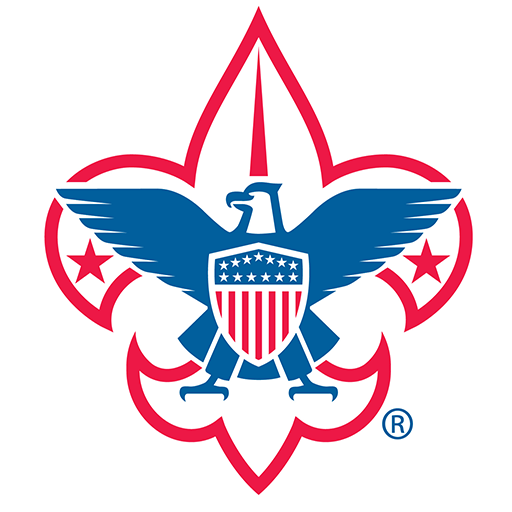When Lord Baden-Powell started the Scouting movement, one of his dreams was that Scouting could help build a more peaceful world. He could not imagine that today there are around 43 million Scouts in 174 National Scout Organizations associated with the World Organization of the Scout Movement (WOSM) and the World Organization of Girl Guides and Girl Scouts (WOGGS) with 10 million members and organizations in 152 countries.
Individual National Scout Organizations grew to develop Scouting in their countries, but over time as some countries have a significant number of expatriates, several of these organizations have set up special branches outside of their countries to support their communities abroad.
The Boy Scouts of America (BSA) established the Transatlantic Council (TAC) in Europe in 1950 initially to support the families of military personnel who were stationed in Europe. In the intervening 74 years, this expanded its reach and supports over 4000 youth in 53 countries throughout Europe, the Middle East, Central Asia and Africa. Many of these young people’s parents are associated with military organizations, multinational corporations, US State Department embassies, religious and social service organizations, or they have retired or relocated to other locations in those continents.
Article continues below
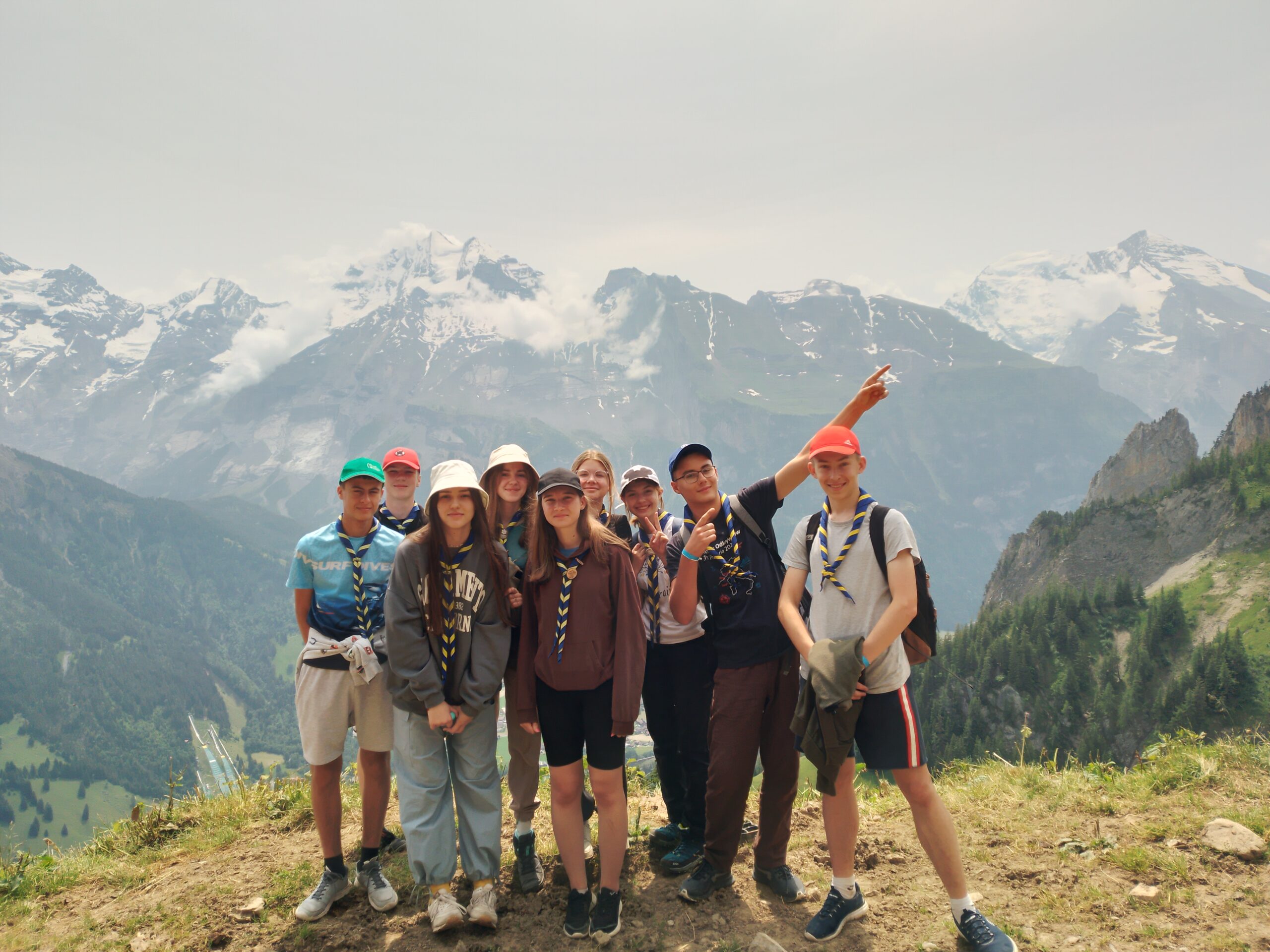
TAC takes advantage of this geographic and cultural diversity to organize several camps every year. This includes the Klondike Derby, a winter camp at the Kandersteg International Scout Center (KISC) in Switzerland along with 2 weeks of Summer Camp at KISC labeled ‘Camp Alpine’. TAC also coordinates a summer camp on the Croatian coast (Camp Avantura). Other long-term/week-long camping events include their Normandy Council Camporee every three years in France and Camp Kenya in Africa, conducted every other year. Although most of the participants in these camps are Scouts living in TAC’s footprint, these camps also have participants from the USA.
Shortly after the Russian invasion of Ukraine took place, TAC Units started many support projects for the refugees, and late in 2022 TAC decided to create a specific task force to support Ukrainian Scouts. This task force was named ‘Aquile Randagie’ in memory of the brave Italian Scouts that kept to their Scouting values and activities in opposition to the Mussolini dictatorship. The Aquile Randagie team promptly identified several projects to help, and one project was to enable a group of Ukrainian Scouts in exile in Poland to travel to Switzerland and participate in one week of the TAC’s Camp Alpine summer camp.
After contacting Olha Dybkaliuk, the international representative of the National Organization of the Scouts of Ukraine (NOSU), affiliated with the World Organization of Scouting Movements (WOSM), the team started working with Olena Sakharova, a member of NOSU, and leader of the Scout Troop in Gdansk, Poland, to plan for this opportunity.
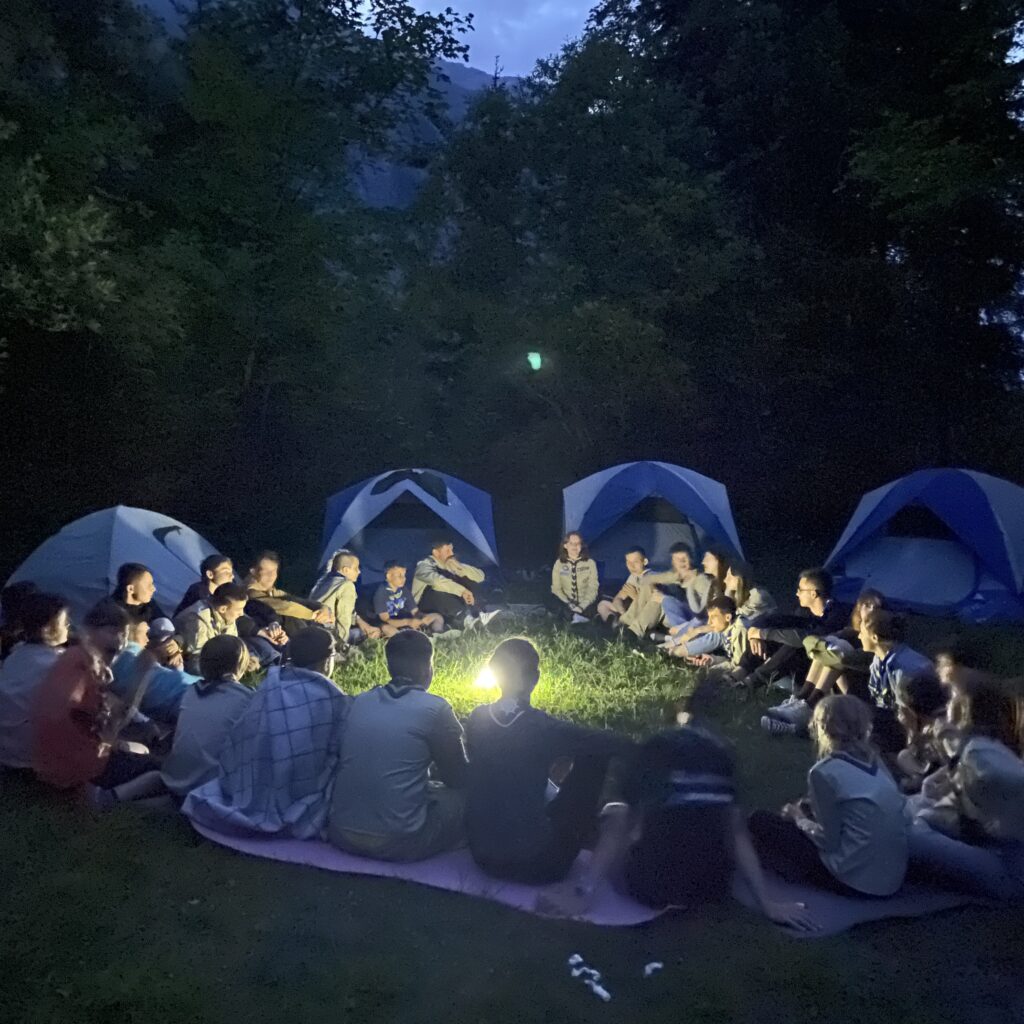
The team started to raise funds to support this. As part of a campaign on LinkedIn™ caught the attention of Scoutmaster Mike Matzinger Scoutmaster of Troop 219 in the US state of North Carolina. Matzinger promptly mentioned that Selby Chipman, an Eagle Scout from their Troop, had signed up to travel to Switzerland to work as staff at Camp Alpine that summer, and that her troop had offered to make donations to support this project.
The Aquile Randagie Team with further generous donations from over 80 donors from all over the world, raised nearly USD 30,000 to pay for transport and camp costs for the Ukrainian Scouts. Additionally, as camping equipment was needed, some equipment donations were received while other equipment was borrowed. In particular, Geneva, Switzerland BSA Troop 130 lent the Ukrainian Scouts their tents, camp kitchens and other equipment, while other Swiss based BSA Units donated sleeping bags, camping gas,and other needed items.
When the Ukrainian Scouts arrived in Kandersteg, late at night after a 2-day bus journey, the TAC staff had set up camp with the borrowed equipment and greeted them with a warm meal, which was the start of a memorable camp for all participants.
We are grateful to Olena Sakharova, the leader of Ukrainian Scout Groups in Gdansk, Poland; and Eagle Scout Selby Chipman, a member of the inaugural class of female Scouts from Troop 219, Old North State Council in Oak Ridge, North Carolina for sharing details of the camping experience.
Selby Chipman, a youth member of the Boy Scouts of America, earned Eagle a short time back. Eagle is the highest rank in the BSA’s Scouts BSA program. Olena is a volunteer with the Ukrainian Scout Groups in Poland.
How Ukrainian scouts, together with scouts from around the world, spent the time at BSA’s Camp Alpine in Switzerland?
Olena stated:
“There were a lot of activities, and it’s a fantastic, action-packed program where kids can explore their potential and learn many things.”
Selby stated:
“The best thing about it is that each child can choose what they want to do and make it their own experience. This way, every child feels like they received something special that they enjoy.
For example, I lead swimming sessions in the pool and teach water lifesaving skills, which has always been my favorite activity. But, honestly, it’s very difficult for me to pick just one favorite activity from all the options at the camp. There are countless amazing activities. You can engage in STEM, journalism and public speaking, sports, or even participate in extreme adventures. We went on hikes and did rock climbing in the Alps!”
Selby continued:
“It’s all about character development and community building, a civic component that helps shape one’s personality. The camp has it all, from physical development to acquiring a wide range of skills that are useful in the real world.
If I had to pinpoint what I liked the most, it would be simply working with the kids and helping them figure out what they enjoy doing.
I was especially delighted when I worked with Olena and her team of remarkable scouts. They wanted to do a wide range of things, and I wanted to focus on helping them determine their top priorities and understand what they wanted to do the most. I think that was the best part of my time at the camp.”
Olena added:
“Thanks to Selby, the children at the camp had the opportunity to learn various swimming styles and take speed tests. Our kids also enjoyed experiments related to chemistry, engineering, modeling, and other interesting activities.
Each child could choose three activities, denoted as A, B, and C. They spent about an hour in each block, then moved on to the next one with a different scout leader. This way, they rotated through different activities.
There was also a special High Adventure program for children aged 14 and above, which included exciting day-long mountain hikes with overnight stays and swimming. In general, it’s a very intense and active program designed exclusively for older children.”
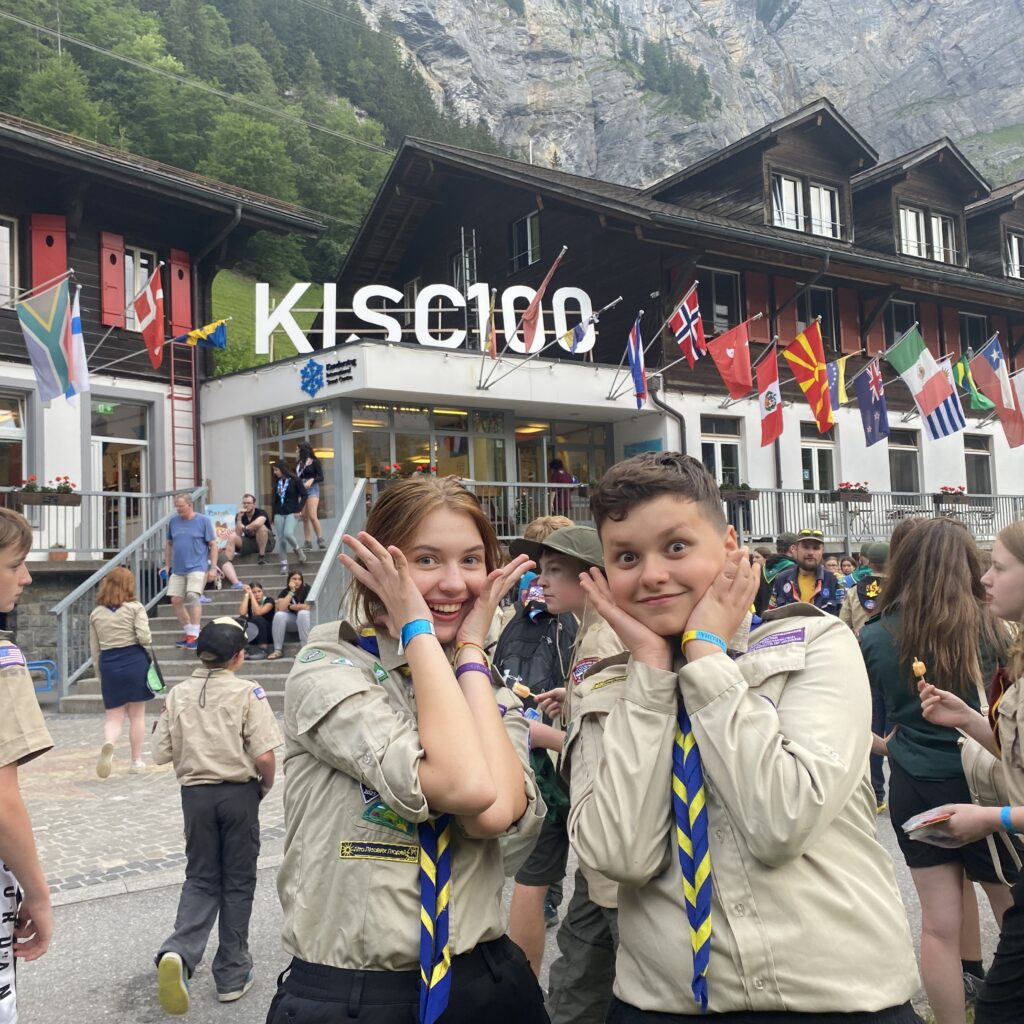
What did Ukrainian children like the most?
Olena responded:
“The woodworking masterclasses were a big hit. Kids could create various things, from sculptures to small crafts. The boys particularly enjoyed archery and using special firearms for shooting. Everything was absolutely safe and well-organized. Our children received a lot of praise because they quickly acquired these skills.
Interestingly, even children who had just joined scouting wanted to try everything. For the youngest ones, aged 10 to 12, there were a lot of activities available. Our scouts were very impressed, as were the leaders, because in those six days, which may not seem like a long time, they had many opportunities to try out a variety of activities they were interested in and see everything they wanted to.”
Who teaches children all of these activities? Do you need people with specific expertise to teach them?
Selby answered:
“Typically, the leaders who teach these activities either have extensive experience in these topics and have been trained in them or they already have some certifications and more knowledge in the specific area they are teaching. It’s not the case that, for example, journalism is taught by professional journalists and engineering is taught by engineers.
When everyone arrives at the camp, the leaders have a week to prepare, and they undergo training in various special activities. But when it comes to life-saving skills, the leaders must be certified and have experience, as it’s a significant responsibility.
Similarly, for the unique high adventure program, only certified and experienced staff work there.”
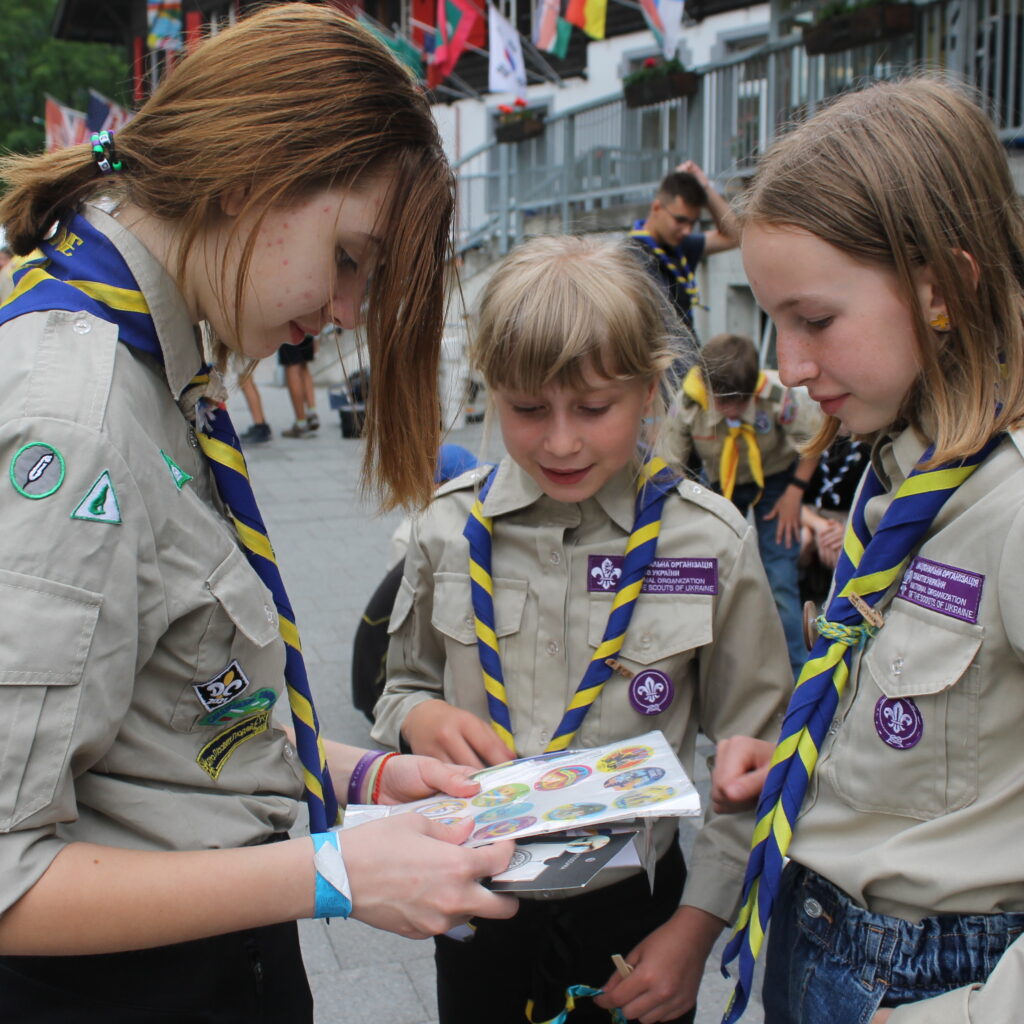
How long have scouts been in Ukraine?
Olena answered:
“Scouting in Ukraine probably dates back to the early 20th century when it was becoming popular in Europe. The only but significant obstacle that hindered its widespread adoption was the arrival of Soviet rule. At that time, scouting activities were either completely or partially dismantled. In other words, genuinely scout organizations disbanded, while others operated underground or in emigration. Some “scouts” we know today as “pioneers.” In reality, the Soviet system had very little in common with scouting.
Nevertheless, Ukrainian scouting, despite all this, continued to develop, even if it was mainly in emigration. Then, when the USSR dissolved, and Ukraine gained independence, it gradually began to revive.
In 2000, work started on organizing the scouting movement in Ukraine, and in 2007, the National Organization of Scouts of Ukraine, or NOSU, was established. Within a year, NOSU was recognized by WOSM at the World Scout Conference in South Korea.
Today, scouting is actively thriving in Ukraine, despite all the challenges.”
Article continues below
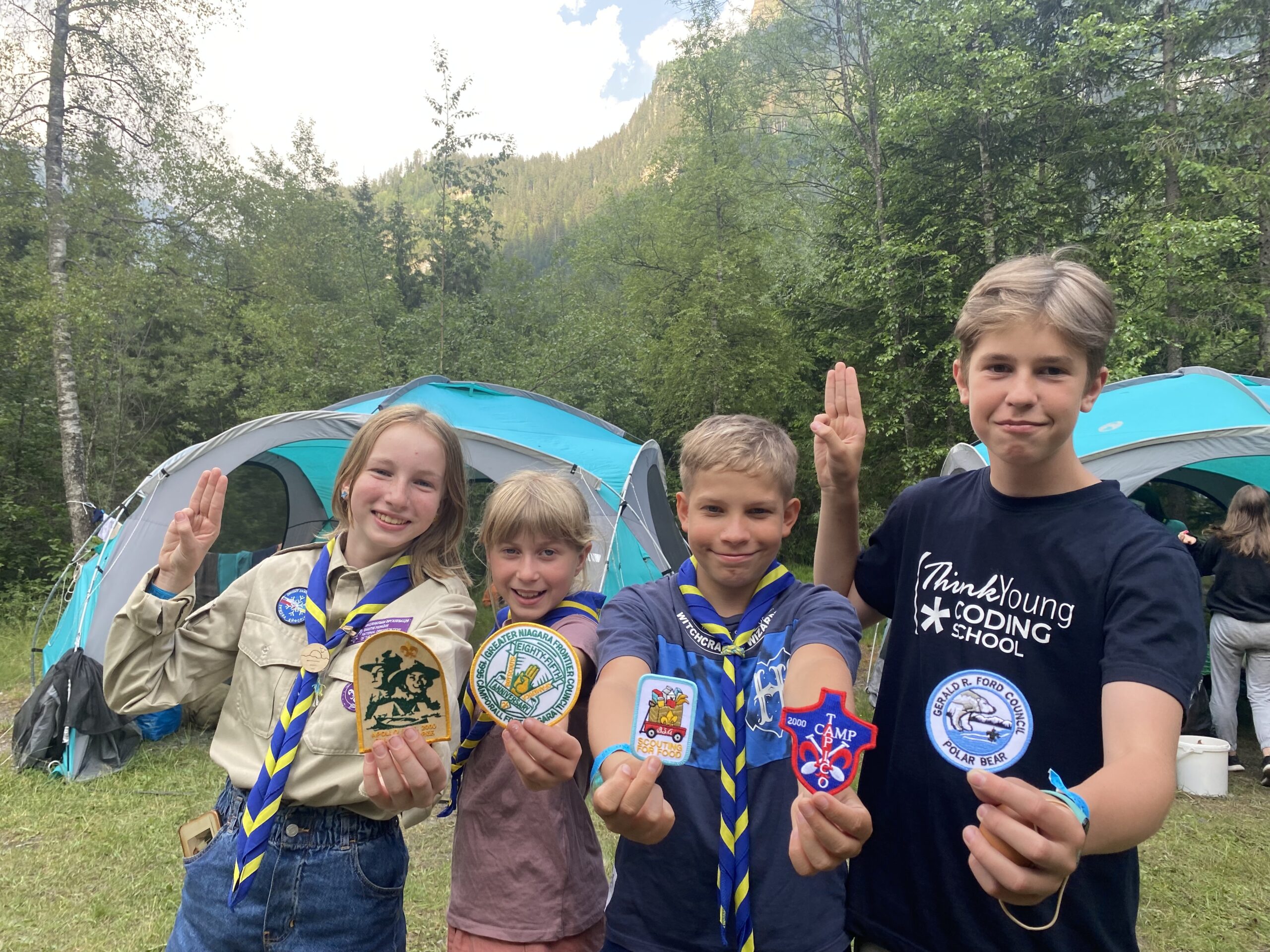
Are there Ukrainian scout groups in Poland now? Is this due to the full-scale war?
Olena answered:
“Yes, this is the reason for the formation of such scout groups. When many families with children fled the war and needed assistance, UNICEF and various National Scout Organizations (NSOs) from different countries joined forces and launched the “UAAct project” aimed at helping refugees and Internally Displaced Persons (IDPs). Apart from Ukraine and Poland, neighboring countries like Hungary, Moldova, Slovakia, Romania, and countries from the other side of the border such as the Czech Republic, Lithuania, and Latvia participated in this project. We are grateful to NSOs from these countries for their willingness to be part of the project, as these states experienced a massive influx of refugees in the early months of the full-scale war.
As the program was built on the scouting method, many children became interested and decided to join the Scouting movement. It became intriguing for the kids and future leaders. For instance, I, as one of the leaders, knew nothing about scouting initially, but I became interested and joined as a volunteer during this project and later became a leader. Currently, there are 248 participants from Poland in the National Organization of Scouts of Ukraine (NOSU), and in Ukraine, 466 participants from the UAAct project have become Scouts. These numbers, however, are fluid because children move with their parents, some return to Ukraine, so the number of scouts may fluctuate.”
Selby was asked,
What are your impressions of Ukrainian children in general? Do you see any differences compared to scouts from the USA?
Selby answered:
“Ukrainian children are among the most eager and interested. They wanted to do everything and get involved in all activities. You know, sometimes kids come to camp and are not very motivated to do things or participate enthusiastically. We were a bit surprised by how Ukrainian children eagerly seized every opportunity to do something, learn something, and try something new. They did it with great enthusiasm and paid a lot of attention to it.
Even the language barrier, which some of them still had, although most knew English, did not hinder their enthusiasm and communication.”
Both Scouters agreed that the experiences of the Scouts at Camp Alpine were outstanding and well worth the investment by so many to make it happen.
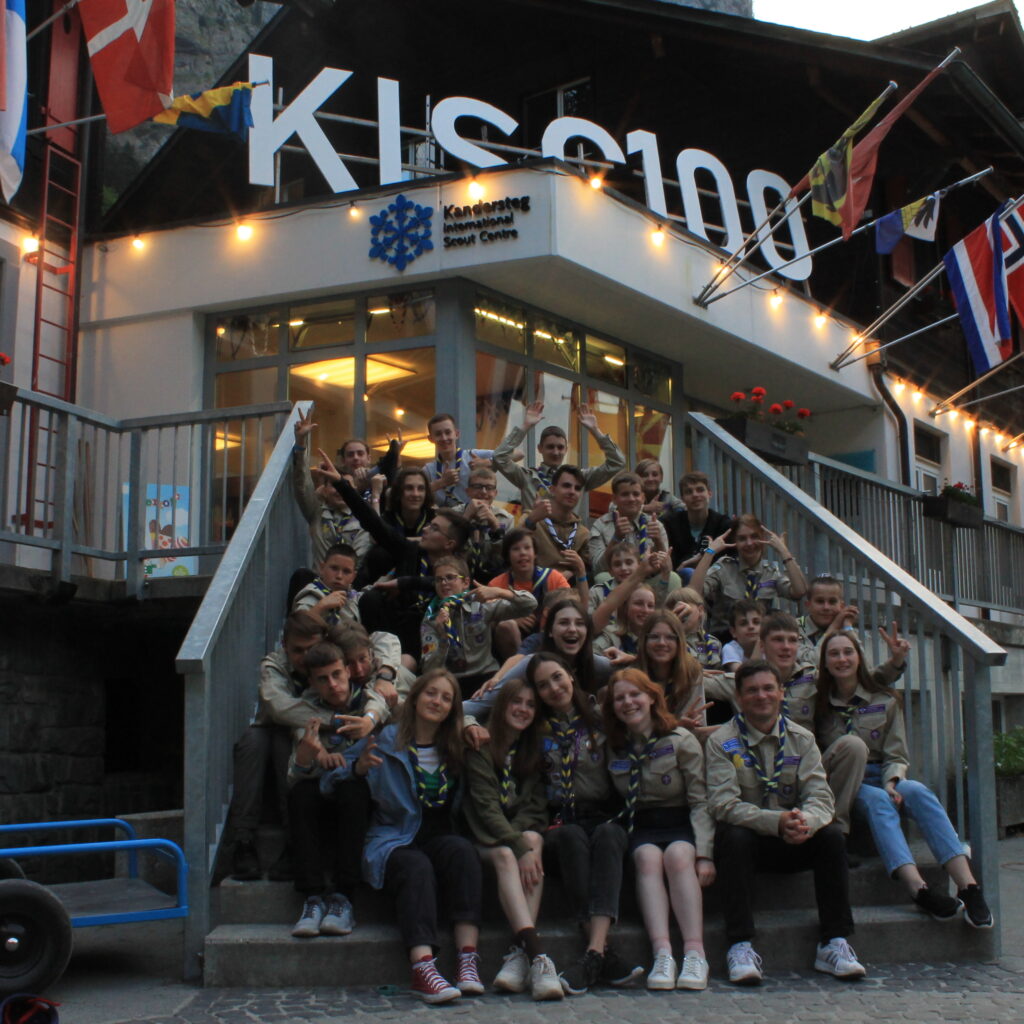
After the camp ended, during the summary, the leaders emphasized that Ukrainian children were the ones with whom no problems or issues arose. In general, it was very easy for the leaders to work with them because they were motivated. It’s great that not only did the leaders teach Ukrainian scouts, but the children also taught the leaders and other kids about their language and cultural customs. It was a fantastic two-way learning experience.
Olena added:
“I would say that this is a characteristic of scouting in general – it’s a two-way learning experience because we learn a lot from our children. However, our children focused on this aspect a lot and paid a lot of attention to presenting their culture while respecting the cultures of others.”
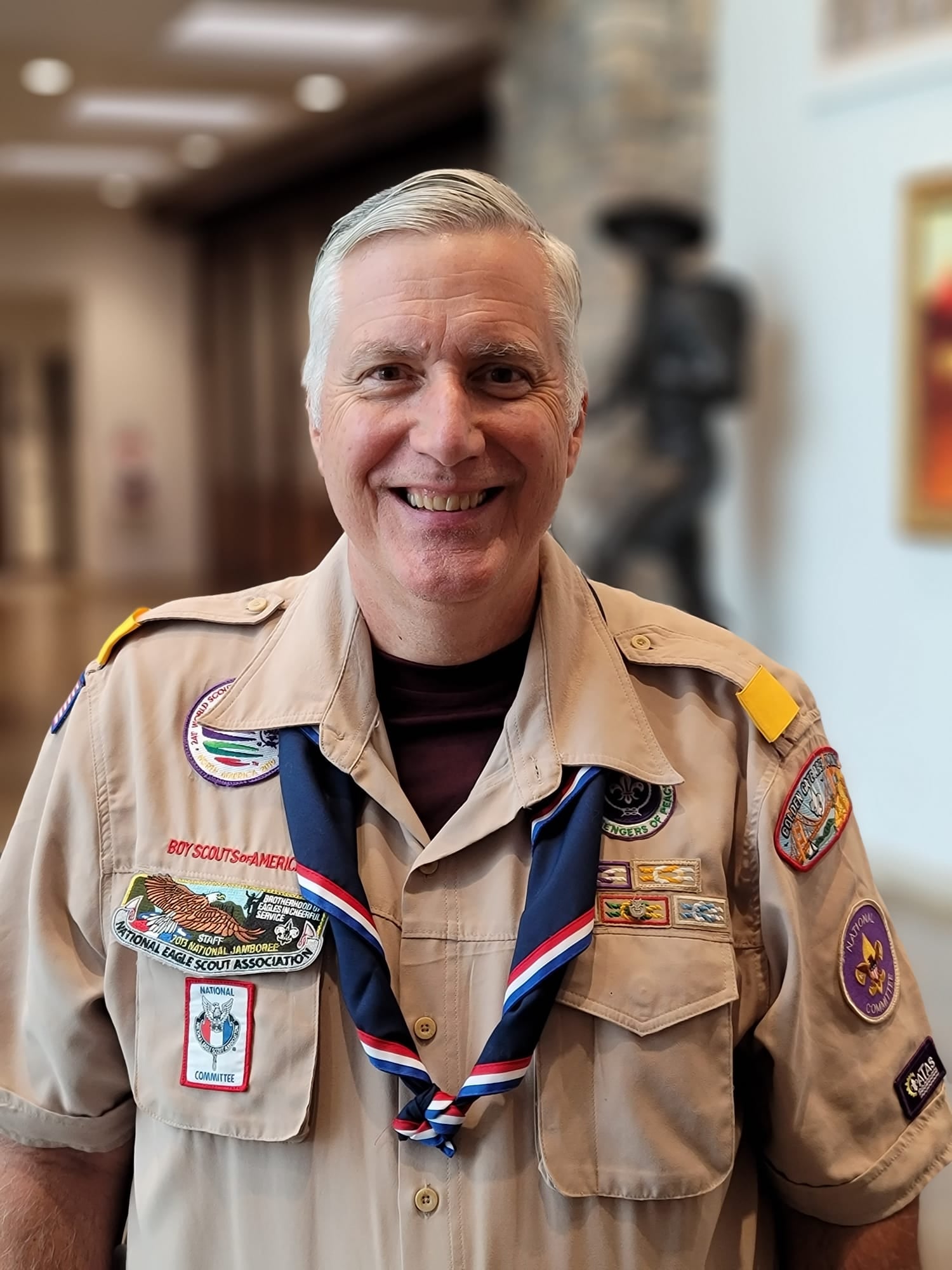
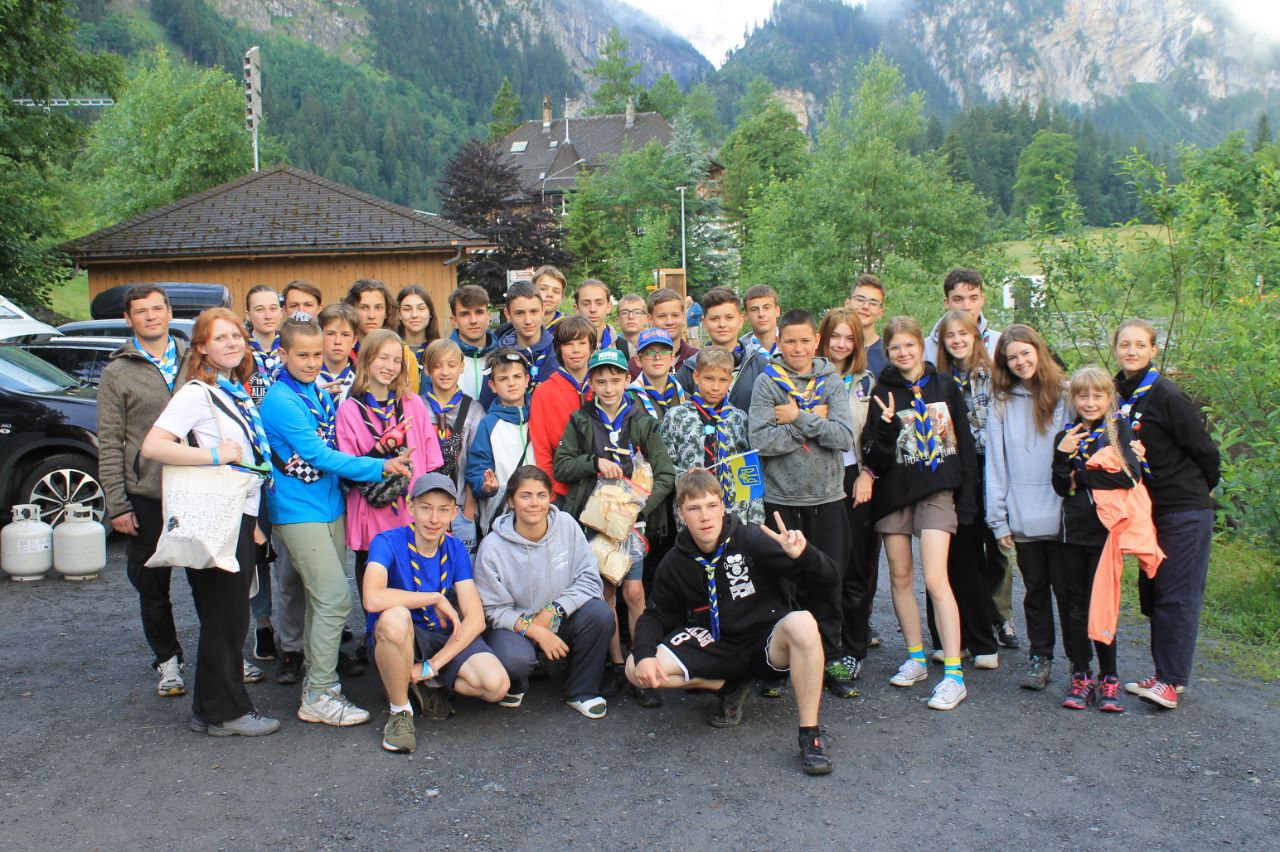
Authors:
Oksana Shevchenko, Ukrainian Journalist
Esteban Pombo-Villar – Edelweiss District Chair – Transatlantic Council, BSA
Mike Walton – Communications – Transatlantic Council, BSA
